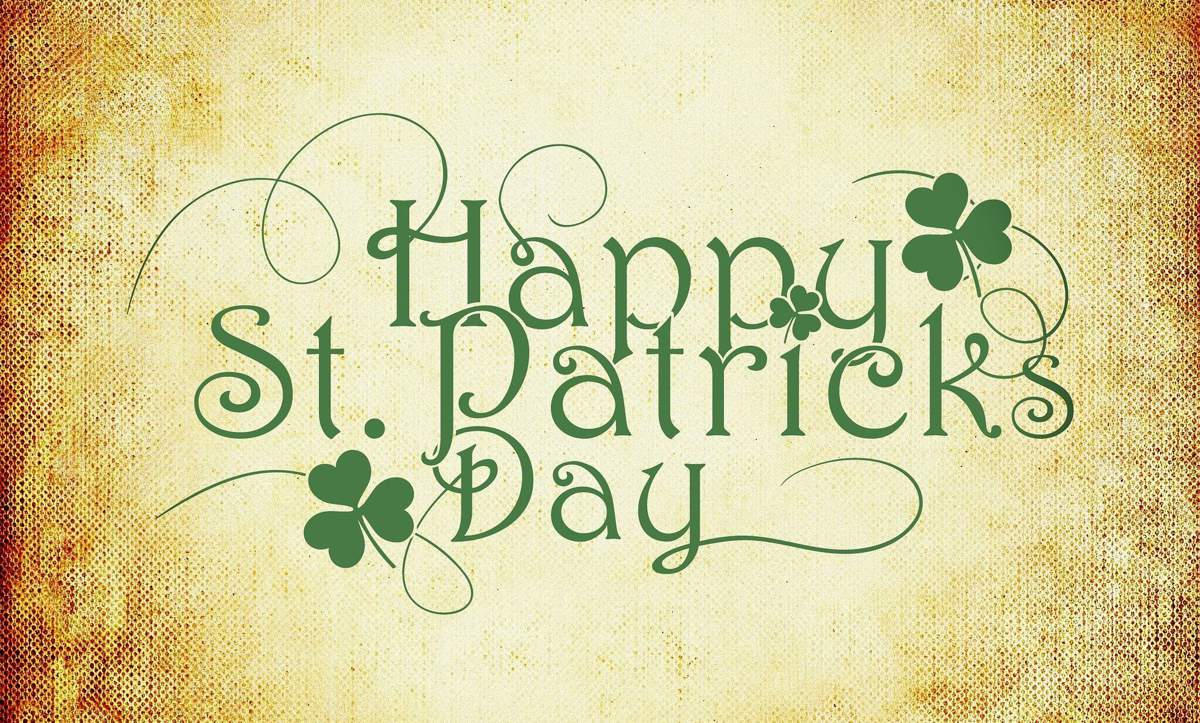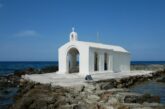Celebrating Irish Heritage and Culture on Saint Patrick’s Day
Saint Patrick’s Day, also known as the Feast of Saint Patrick, is a cultural and religious celebration held on 17th March every year.
It is a day of remembrance of Saint Patrick, the patron saint of Ireland, who is said to have brought Christianity to Ireland in the 5th century. The day has been observed as a religious holiday in Ireland for over a thousand years and has since evolved into a worldwide celebration of Irish culture and heritage. In this article, we will explore the history, traditions, and modern-day celebrations of Saint Patrick’s Day.

The History of Saint Patrick’s Day
Saint Patrick’s Day originated in Ireland and has been celebrated there for over a thousand years. Saint Patrick, the patron saint of Ireland, was born in Britain in the 4th century and was kidnapped and brought to Ireland as a slave when he was 16 years old. He spent six years in captivity in Ireland and eventually escaped and returned to Britain. After experiencing a spiritual awakening, he returned to Ireland as a missionary to spread Christianity. He spent over 30 years in Ireland, baptizing thousands of people and converting the country to Christianity.
Saint Patrick’s Day was originally celebrated as a religious holiday in Ireland to commemorate Saint Patrick’s death on 17th March. It was a day of feasting and religious observance. The first recorded Saint Patrick’s Day parade was held in New York City in 1762 by Irish soldiers in the British army. Today, Saint Patrick’s Day is celebrated worldwide as a day to honor Irish heritage and culture.
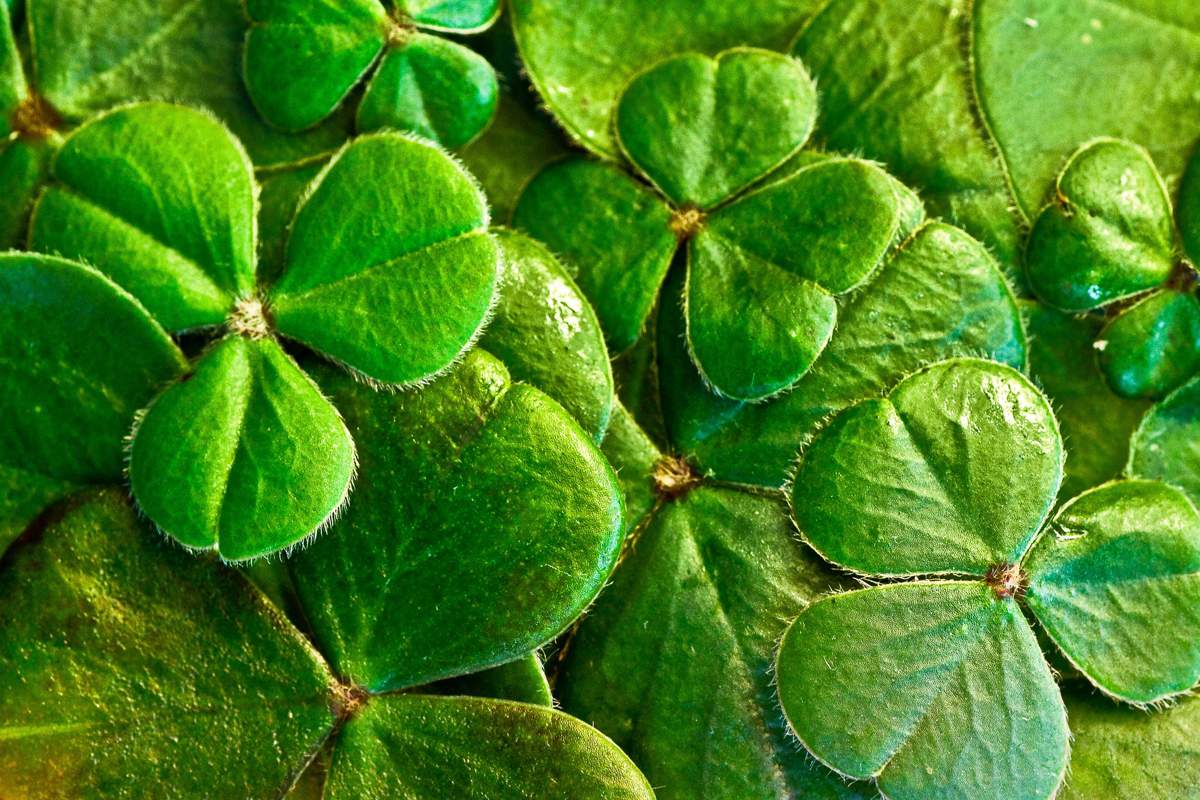
Traditions of Saint Patrick’s Day
Saint Patrick’s Day is celebrated in many different ways around the world, but there are some common traditions that are associated with the holiday. One of the most well-known traditions is the wearing of green. It is said that Saint Patrick used a shamrock to explain the Holy Trinity to the Irish people, and the shamrock has since become a symbol of Ireland. Wearing green on Saint Patrick’s Day is a way to show pride in Irish heritage and culture.
Another popular tradition is the consumption of traditional Irish food and drink. Corned beef and cabbage is a popular dish, as well as Irish soda bread and Guinness beer. In Ireland, it is also common to eat Irish stew and drink Irish whiskey on Saint Patrick’s Day.
Parades and festivals are also a common way to celebrate Saint Patrick’s Day. The New York City Saint Patrick’s Day Parade is the largest parade in the world, with over 150,000 participants and millions of spectators. Other cities around the world also hold parades and festivals, including Dublin, Ireland, where the St. Patrick’s Festival is a four-day celebration with parades, concerts, and fireworks.
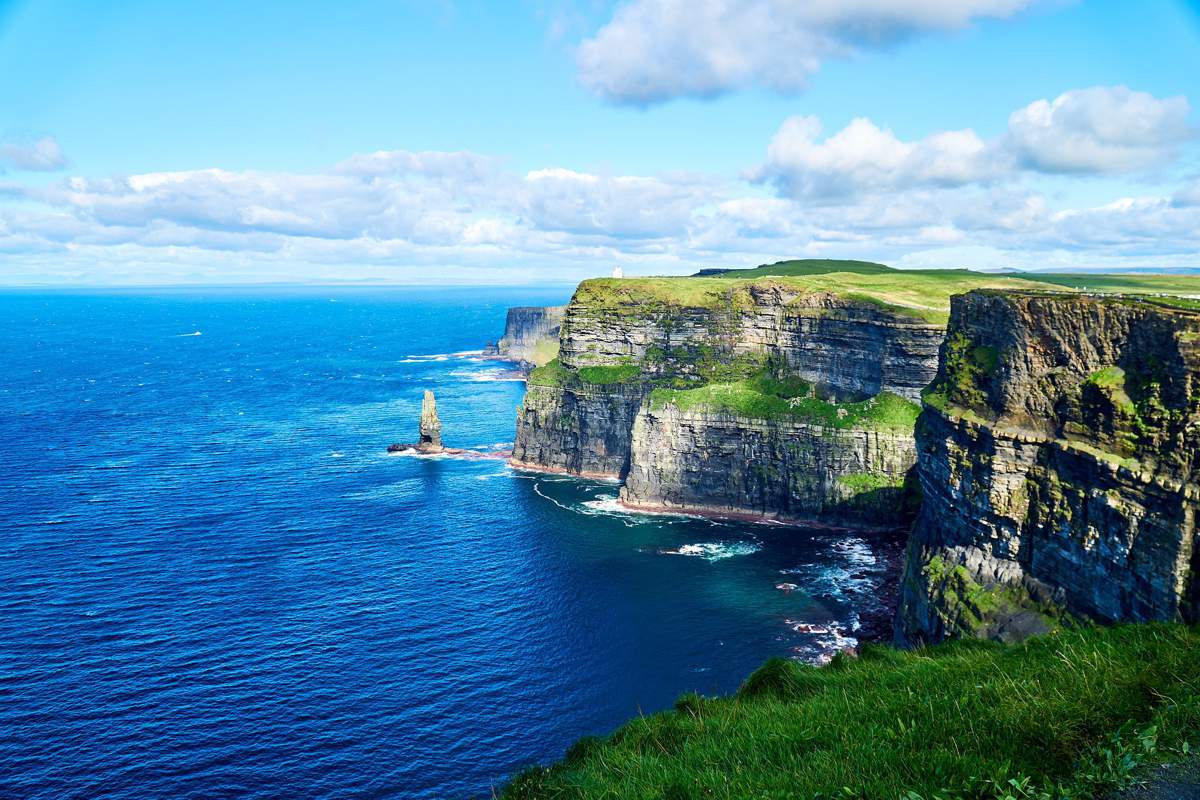
Modern-Day Celebrations of Saint Patrick’s Day
In recent years, Saint Patrick’s Day has become a global celebration of Irish heritage and culture. It is celebrated in countries around the world, including the United States, Canada, Australia, and Japan. Cities around the world hold parades, festivals, and other events to celebrate Irish culture.
Social media has also played a significant role in the modern-day celebrations of Saint Patrick’s Day. People share photos and videos of their celebrations on platforms like Instagram and Twitter, using hashtags like #StPatricksDay and #IrishPride. Many companies also get in on the celebrations by releasing special Saint Patrick’s Day products, such as green-dyed food and drinks.
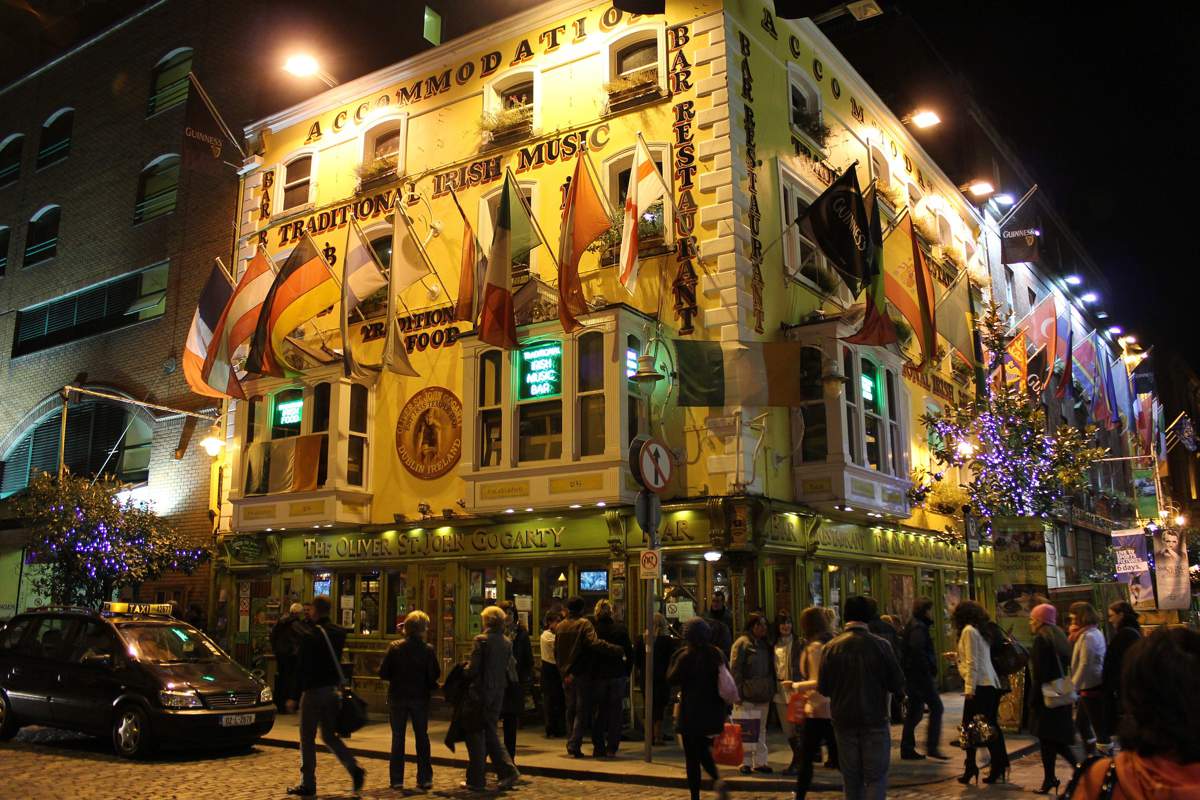
St. Patrick’s Day Traditions
St. Patrick’s Day is celebrated all around the world, but it is particularly popular in Ireland and the United States. There are many traditions associated with this holiday, including parades, parties, and feasts. Green is the traditional color of the day, and people often wear green clothing, accessories, and face paint.
One of the most iconic symbols of St. Patrick’s Day is the shamrock. Legend has it that St. Patrick used the three-leafed plant to explain the Holy Trinity to the Irish people. Today, the shamrock is a popular decoration for St. Patrick’s Day, and many people wear shamrock pins or other accessories.
Another popular St. Patrick’s Day tradition is the consumption of corned beef and cabbage. This meal has become associated with the holiday in the United States, although it is not a traditional Irish dish. In Ireland, St. Patrick’s Day is more likely to be celebrated with a hearty Irish stew or a plate of bacon and cabbage.
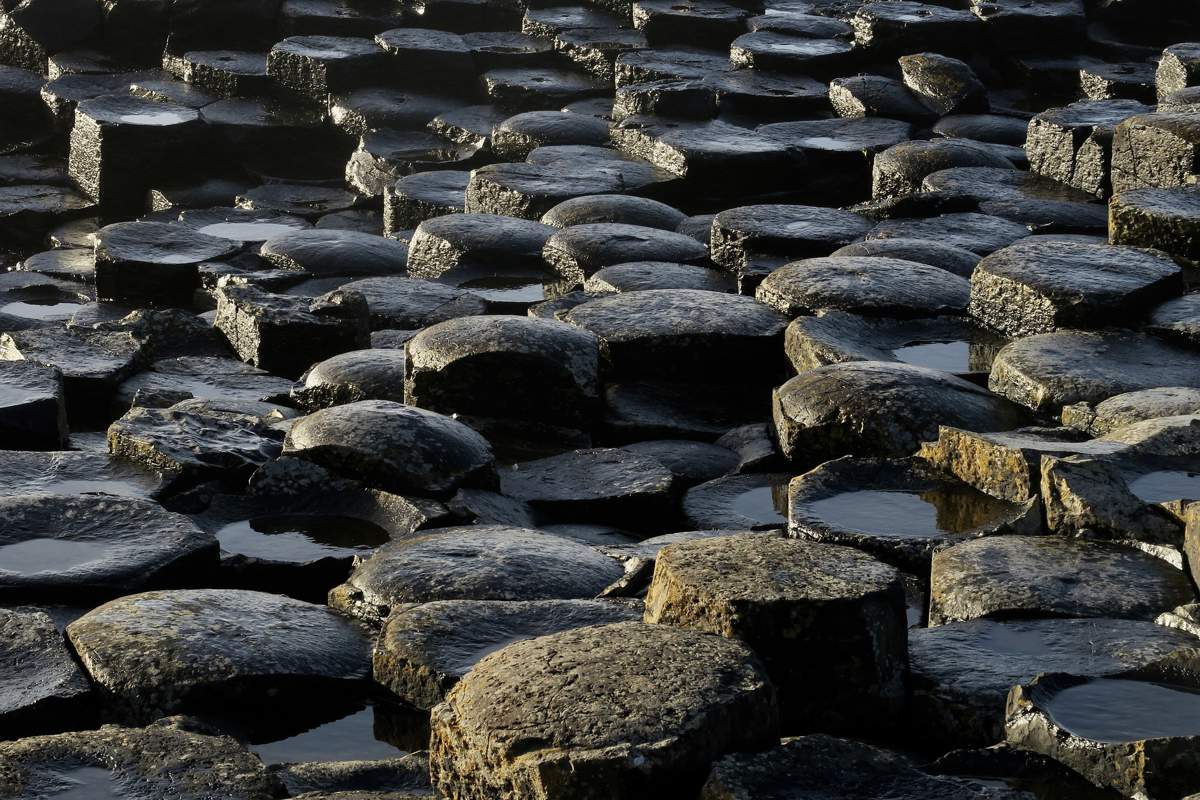
St. Patrick’s Day History
St. Patrick’s Day commemorates the life and legacy of St. Patrick, the patron saint of Ireland. St. Patrick was born in Britain in the fourth century and was kidnapped by Irish raiders when he was a teenager. He was taken to Ireland and held captive for six years before escaping and returning to Britain.
After becoming a priest, St. Patrick returned to Ireland as a missionary to spread Christianity to the Irish people. He is credited with converting many Irish people to Christianity and establishing the church in Ireland.
St. Patrick died on March 17, 461 AD, and this date has been celebrated as St. Patrick’s Day ever since. The holiday was first celebrated in Ireland in the ninth and tenth centuries, and it eventually became a public holiday in 1903.
Today, St. Patrick’s Day is celebrated all around the world, and it has become a symbol of Irish culture and heritage. The holiday is a time to celebrate Irish pride and to honor the legacy of St. Patrick, who is remembered as a symbol of the power of faith and the resilience of the Irish people.
